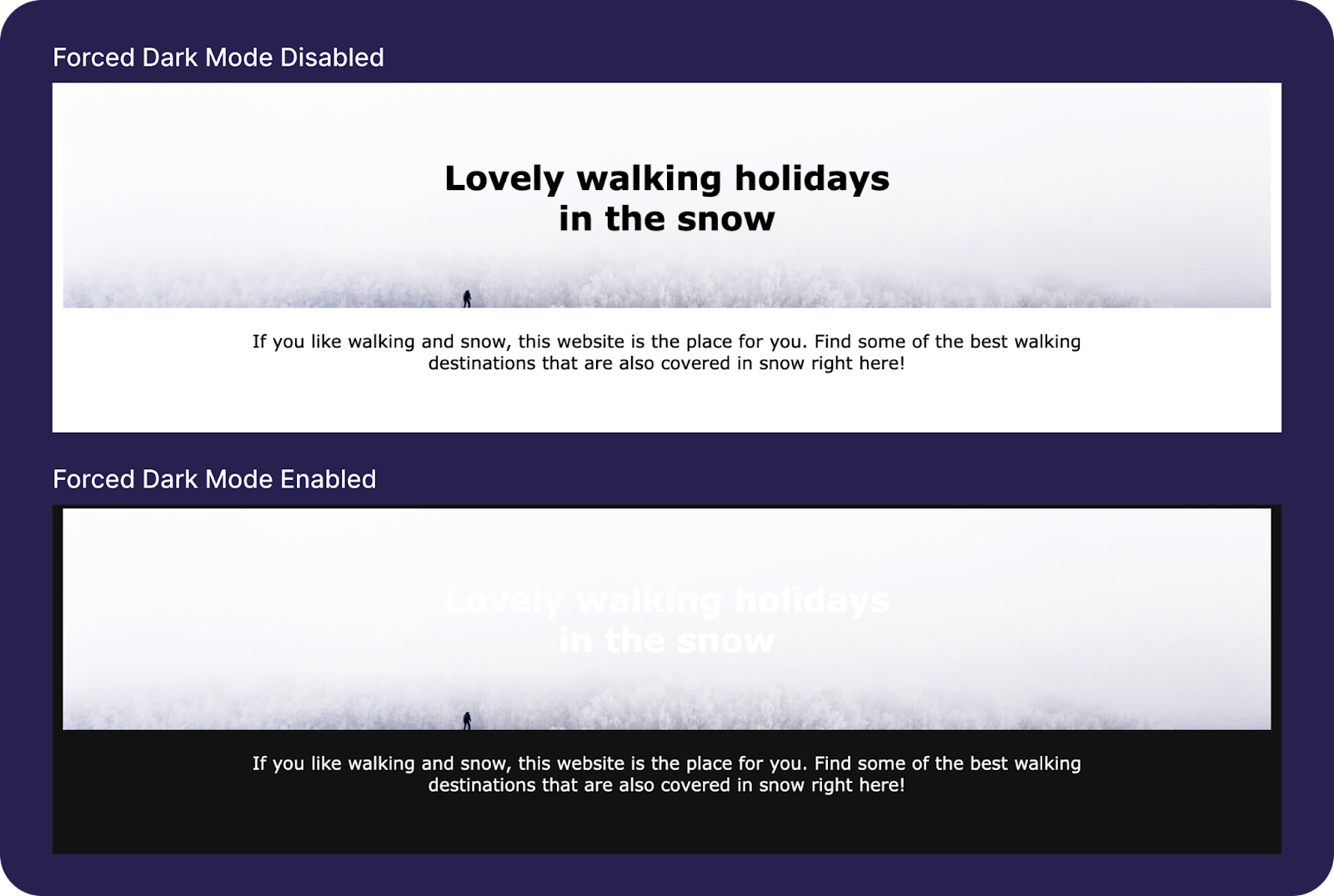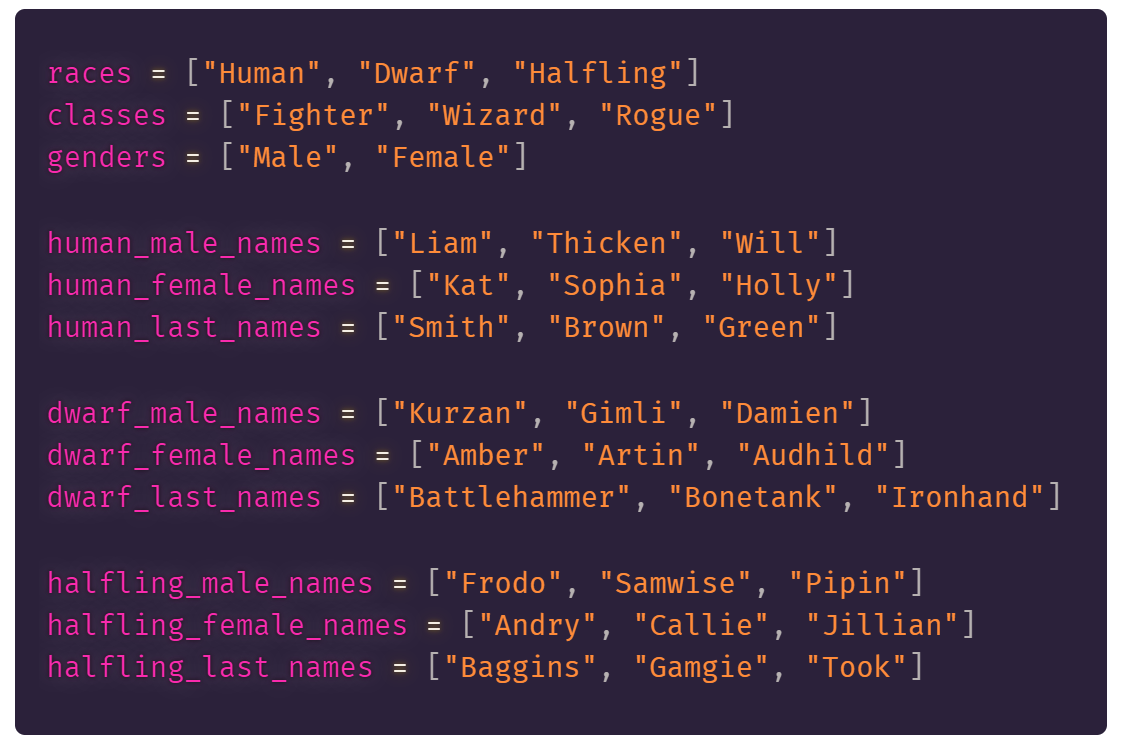05 Jul

[ad_1]
Page load time and response time are key metrics to monitor, and they can give you an in-depth understanding of how your website is performing. However, the difference between page load time and response time isn’t immediately obvious, and neither are the benefits of tracking them independently.
In this article, we define page load time and website response time, discuss what monitoring these metrics can teach you about your website, and look briefly at how to improve response and loading times on your site so you can fully optimize your website for speed.
Response Time
Response time refers to the time it takes for an inquiry from a user to receive a response from a server. Response time can be broken down into five parts:
- DNS lookup—This is the time it takes to resolve the hostname to its IP address. If the DNS lookup time is high, this may indicate an issue with the DNS servers.
- Connection time—Referring to the time it takes to connect to the server, these results are generally used to identify network latency. High connection times are often caused by network or routing issues.
- Redirect time—This refers to the time it takes for any necessary HTTP redirects and any extra DNS lookups or connection time during this process.
- First byte— This refers to the time it takes for the first byte of data to transfer. Slow times here can signal issues with server load.
- Last byte—This refers to time it takes to download the final server response. A problem here indicates a bandwidth issue, so you may need to upgrade your bandwidth to increase download speed.
With Scopify®, you can track response times via uptime monitoring. The uptime monitoring feature synthetically tests your website from over 100 data centers located around the globe, reporting your site’s response times and alerting you immediately if any outages occur.
Response time is often defined as the time to first byte (TTFB), which is the time it takes for the browser to receive the first byte of data being transferred from the server. Here at Scopify, however, to ensure response times are as accurate as possible, we calculate response time in three parts:
- Time to first byte
- Time to receive headers
- Time to load the HTML of the site
If you would prefer a response time recorded as TTFB, then you can use a ping check.
Load Time
Page load time is a different but equally important metric. Load time is a simpler concept referring to the time it takes to download and display an entire individual webpage. This includes all page elements, such as HTML, scripts, CSS, images, and third-party resources.
Here’s a typical request-response process contributing to load time:
- A user enters a URL and the browser makes a request to the server
- The web server processes the request and sends a response back to the browser
- The browser starts receiving page content
- The entire page loads and becomes available to the user to browse
Load time is the elapsed time between a user submitting a URL and the entire page becoming available on the browser for the user to view. Consequently, you will find load times are often much higher than website response times.
With Scopify, you can monitor your page load times in two ways:
- Webpage load speed monitoring—Granular testing reports the size and load times of every element on your website, from HTML and CSS to fonts, images, and final load times. Additionally, it provides suggestions on how to improve load speed.
- Real user monitoring—Scopify tracks real users on your site and reports the actual load times your visitors experience. You can use this data to better understand how load times for your site differ depending on factors like location, device, or browser. You can also track your load times over a period of up to 400 days, helping you see if any optimization strategies you have implemented are impacting site speed.
Page Load Time vs. Response Time—Which One Should You Monitor?
The answer is both, of course. Page load time and response time are key metrics you should always track because they give you insight into the user experience of your visitors.
Google’s mobile page speed guidelines state the following:
- Average time to first byte—best practice: under 1.3 seconds
- Average time to display content to users—best practice: under 3 seconds
If your response time or load time are higher than the numbers above, your visitors are waiting too long to access your content. Dissatisfied users will cost you in leads, sales, and conversions.
Google also reported the following:
- Pages taking 1 – 3 seconds to load will see the probability of bounce rates increase by 32%.
- Pages taking 1 – 5 seconds to load will see a 90% increase in bounce rates.
You want to ensure your pages are loading quickly and efficiently. By monitoring response and page load time, you can quickly identify and fix issues as they arise, minimizing user disruption.
Slow Response Times
Slow response times can indicate many other intricate and specific issues:
- Struggling server—If your response times are consistently high, this may indicate your server is overloaded. Contact your web host—your response time data can help them solve the problem—but you may need to consider moving onto a VPS or dedicated server package.
- Bandwidth—Slow response times can also contribute to bandwidth issues. Contact your hosting provider and discuss the problem—it may be time to upgrade hosting plans. Investing in a high-quality content delivery network (CDN) service might also be a good option.
- Downtime—There’s often a direct correlation between high response times and downtime. If your response time is high, monitor your uptime to ensure your site isn’t suffering from ongoing outages.
If your website goes down, Scopify will run additional tests and perform a root cause analysis. This will help you see what has gone wrong and where, allowing you to quickly address the issue. You can also run a traceroute on any issue, identifying server output and allowing you to examine server response codes.
Slow Load Times
Many things can cause high load times. Scopify provides in-depth reports on your page loading times, allowing you to drill down and identify the components causing issues.
- Performance grades—Scopify performance grades are based on page load time and give you an overview of how your site is performing and where it needs to improve.
- Element size—Scopify monitors each page element (including HTML, JavaScript, CSS, images, and more) and reports individual file sizes. This will help you identify any bloated components you need to optimize. Depending on the issue, you may need to compress your images, remove unnecessary custom fonts, gzip your files, or implement other optimization strategies.
- Element loading times—Scopify also reports loading times for individual page elements and the order in which they load. Scopify takes screenshots of the loading process at 50-millisecond intervals and presents them in a filmstrip so you can analyze what’s happening as your site loads and identify bottlenecks affecting webpage load speed. Depending on the results, you may need to look at altering the order in which scripts and styles load on your site.
Final Thoughts on Page Load Time vs. Response Time
Monitoring page load time and response time will give you key insights into how your website is performing and the user experience of your visitors. Once you’ve set up website monitoring, analyze and use the data to make necessary improvements to your website. This will help ensure your website is consistently functioning at its optimal level.
Do you have any questions about improving page load time and response time? If so, please ask away in the comments below.
[ad_2]
Source link




